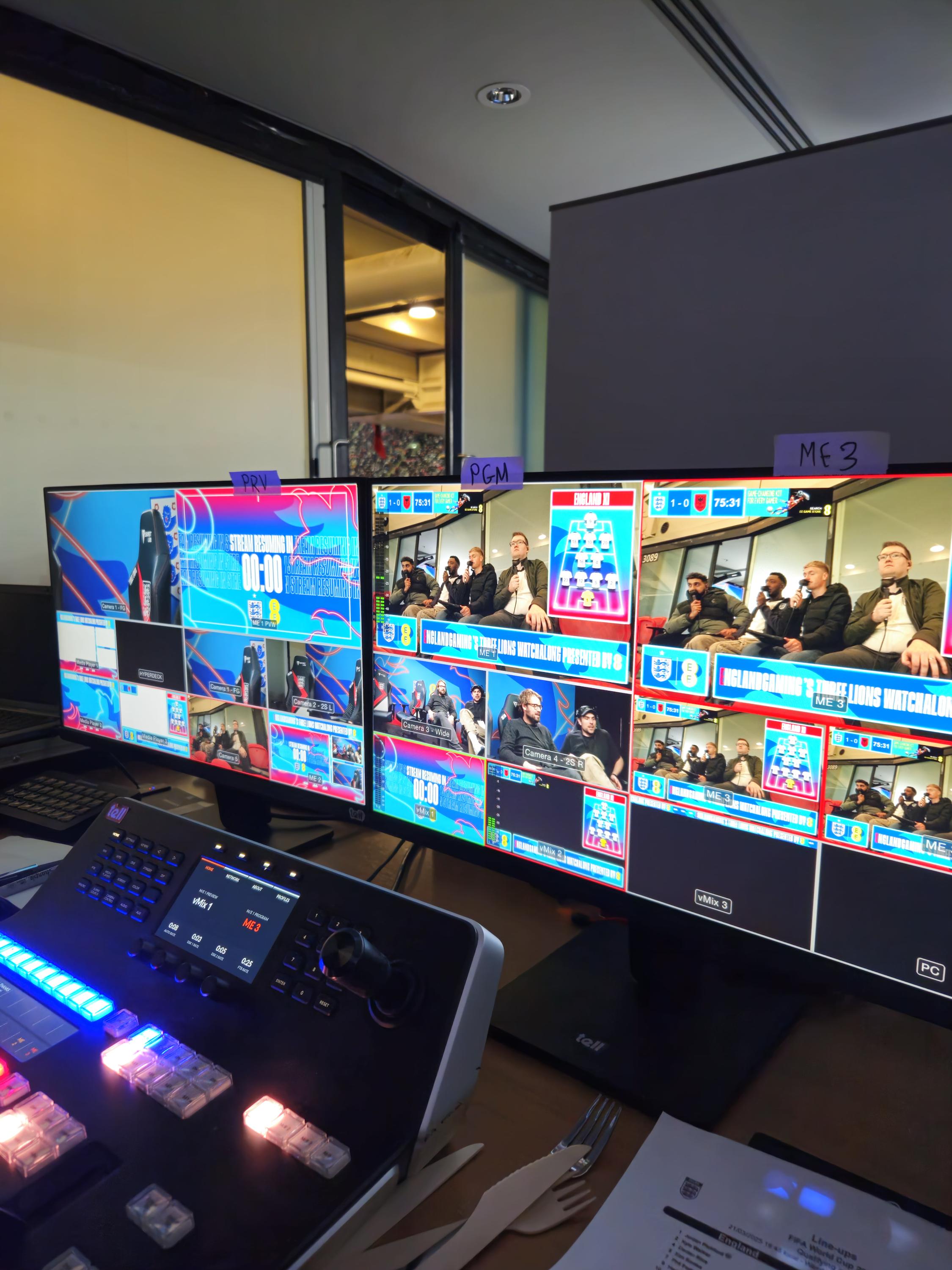The evolution of broadcast production in the sports industry

Over the past few decades, sports broadcasting has transformed dramatically, influenced by technological advancements, changing viewer expectations, and the growth of digital platforms. In this post, we’ll take a look at the evolution of broadcast production in the sports world.
Early Days of Sports Broadcasting
In the early 20th century, sports broadcasts were limited to radio broadcasts, and it wasn't until the 1950s that television began to feature live sporting events. The production process was straightforward: a few cameras, basic lighting, and simple commentary. The experience was, while enjoyable, a far cry from the immersive experiences fans expect today.
Technological Advancements
The real game-changer for sports broadcast production came with the advent of color television in the 1960s, followed by the introduction of cable and satellite TV, which expanded access to a global audience. As television screens grew bigger and more vibrant, the demand for higher-quality broadcasts rose. In the 1980s and 1990s, innovations like instant replay, multiple camera angles, and on-screen graphics helped enhance the viewing experience.
Fast forward to today, and sports broadcasting has fully embraced high-definition (HD) and 4K resolution, while the rise of virtual reality (VR) and augmented reality (AR) promises to take fan engagement to new heights.
A Shift Toward Digital and Streaming Platforms
With the rise of digital platforms such as YouTube, ESPN+, and other streaming services, sports broadcasting has gone beyond traditional TV channels. The shift to streaming has increased accessibility, enabling fans to watch games from anywhere in the world on a variety of devices. Streaming platforms also offer features like interactive graphics, customizable camera angles, and additional coverage, giving fans more control over how they consume sports content.
The Future of Sports Broadcasting
As technology continues to evolve, the future of sports broadcast production looks even more exciting. 5G technology promises to deliver faster, more reliable coverage, enabling real-time streaming from more remote locations. AI and machine learning will help streamline the production process, making it easier to create content in real-time, and even automate tasks like highlight creation and camera operation.
In short, the evolution of sports broadcast production reflects a wider trend in media: it’s about bringing fans closer to the action, offering more personalized and interactive experiences, and continually pushing the boundaries of what’s possible.





